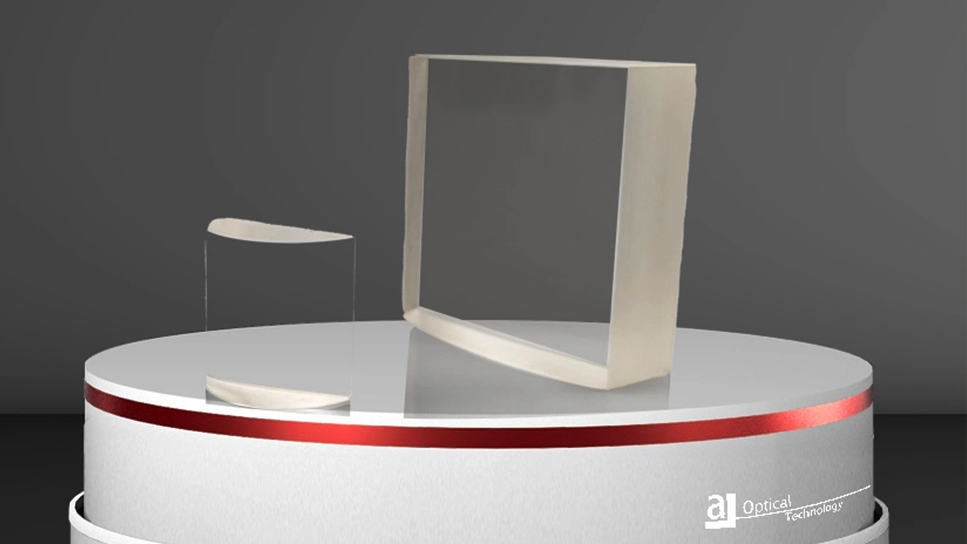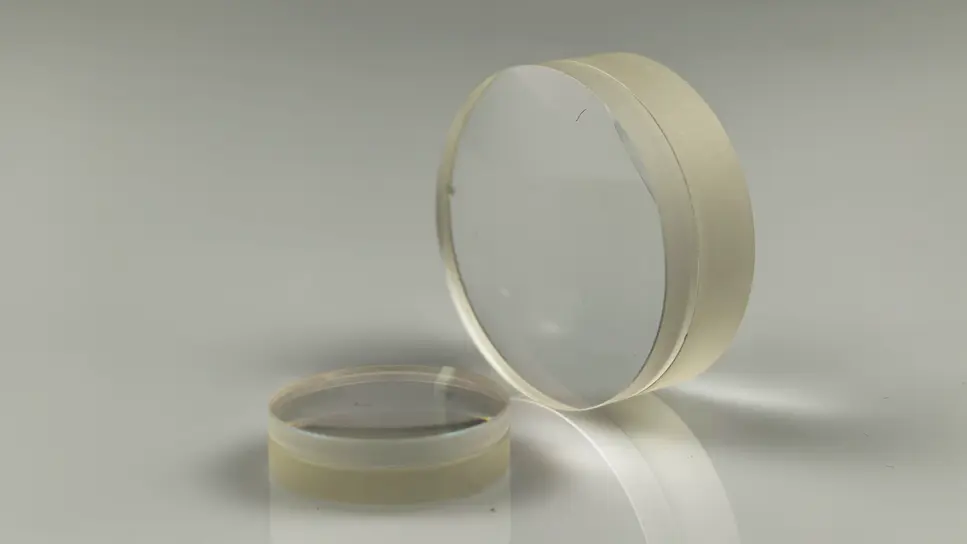en

In the realm of optics, cylinder lenses, though less renowned than their spherical counterparts, play an indispensable role due to their distinctive structure and optical properties. This article delves into the unique features of cylinder lenses, their underlying principles, and their diverse applications, highlighting the superior products offered by ATOPTIK.
Distinctive Appearance and Structure
Cylinder lenses stand out due to their asymmetrical structure. Unlike spherical lenses, which have uniform curvature in all directions, cylinder lenses possess curvature in one direction and are flat in the perpendicular direction. This unique design forms the basis of their special optical performance.
Principle of Operation
The refractive rules of cylinder lenses differ from those of spherical lenses. While spherical lenses refract light uniformly in all directions, cylinder lenses bend light only in the direction of their curvature. This results in a "line focus" effect, where a point source of light is focused into a line rather than a point. This principle is fundamental to the lens's capabilities in various applications.
Applications in Laser Technology
In laser processing, such as cutting and welding, cylinder lenses are invaluable for adjusting the energy distribution of laser beams. They can transform circular laser beam spots into elliptical or linear shapes, ensuring more uniform energy distribution in specific directions, thereby enhancing processing efficiency and quality. In laser scanning systems, cylinder lenses help maintain stable beam shapes and energy distributions, crucial for maintaining scanning precision.
Role in Imaging Systems
Cylinder lenses are also essential in imaging systems. They can stretch or compress images in one direction, which is particularly useful in panoramic imaging systems. By compressing image information in a specific direction, they expand the field of view, capturing broader scenes. In medical imaging, cylinder lenses, often paired with other optical components, process X-rays and ultrasound signals, aiding doctors in observing internal structures more clearly and supporting accurate diagnosis.
Importance in Scientific Research
In scientific research, cylinder lenses are indispensable tools. They help study the propagation characteristics of light and various optical phenomena, such as interference and diffraction. By modulating light beams in specific ways, they facilitate the observation and analysis of experimental phenomena. In materials science, focusing lasers into lines with cylinder lenses allows for precise directional processing and treatment of materials, exploring their performance under different conditions.
ATOPTIK: Leading the Way in Optical Solutions
ATOPTIK offers a range of advanced optical products, including high-quality cylinder lenses, designed to meet the stringent demands of various applications. With continuous improvements in optical technology, ATOPTIK's products ensure superior performance and reliability, making them the go-to choice for professionals in laser technology, imaging systems, and scientific research.
Future Prospects
As optical technology advances, the capabilities and applications of cylinder lenses are set to expand further. ATOPTIK is at the forefront of this evolution, driving innovation and contributing to the progress of optical technology and the industries it supports.
Cylinder lenses, with their unique structure and optical properties, are vital across numerous fields. ATOPTIK's advanced optical solutions provide the precision and performance necessary for these applications, ensuring optimal outcomes in laser processing, imaging systems, and scientific research. As we look to the future, the role of cylinder lenses will only grow, further solidifying their importance in the world of optics.
This is the last one.


